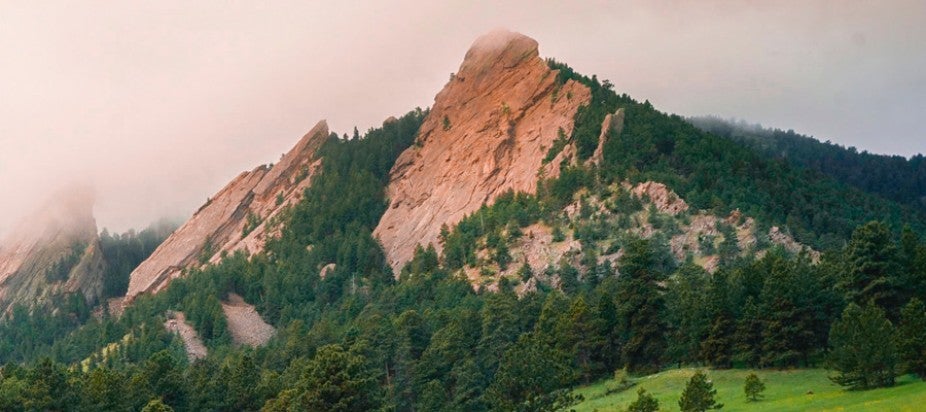Lower Atmospheric Observing Facilities Workshop
Overarching Theme: Meeting the Challenges of Climate System Science

6:00 – 6:00 pm MDT
*sponsored by NSF/AGS, hosted by NCAR/EOL
Richard Carbone (NCAR) and Xubin Zeng (UAZ), Program Co-Chairmen
To better serve the climate system science community, the National Science Foundation will sponsor a Lower Atmospheric Observing Facilities (LAOF) Workshop on emerging observational needs in climate system science (CSS). The workshop will be hosted by NCAR's Earth Observing Laboratory on the Center Green campus. Registration is free but limited to approximately 100 participants, owing to space and budgetary limitations. All prospective participants must be preregistered by 31 May. We anticipate domestic and foreign national experts representing several disciplines within CSS and the intersection of weather, chemistry and climate. Invited oral presentations will inform participants of current and emerging LAOF facilities, as well as major research challenges. Topical breakout sessions will be the heart of the Workshop. Contributed posters and data displays are welcome and will be exhibited for the entire meeting. A Synthesis Committee, by invitation, will meet on 20 June to integrate the topical findings and begin the reporting process.
Background Information
Periodically, the Earth Observing Laboratory of NCAR has held workshops for users of NSF's Lower Atmospheric Observing Facilities (LAOF). LAOFs are offered through competitive awards by the National Science Foundation, Division of Atmospheric and Geospace Sciences, and also as part of collaborative programs with other agencies and institutions. The working definition of "lower atmosphere" may be described as extending from the planetary surface through the lower stratosphere. In some instances, the use of such facilities may be provided in support of middle or upper atmosphere research objectives. LAOF assets are currently located at NCAR/EOL, Center for Severe Weather Research, Colorado State University, and the University of Wyoming. Additional coordinated observing systems and platforms are located at universities, government agencies and other institutions.
Traditional strengths of LAOF instruments, platforms and services have tended to emphasize, microscale, mesoscale and synoptic meteorology, tropical meteorology, cloud and precipitation physics, airborne tropospheric chemistry, and other tropospheric airborne science not fitting these descriptions. Over the past decade atmospheric science has evolved rapidly toward interdisciplinary studies in response to advances in CSS as part of a broader impetus to understand the entire Earth System. In response to this trend there is increasing engagement of LAOF resources in climate system motivated research, often including oceanic, hydrologic, biogeosciences, upper troposphere and lower stratosphere (UTLS), cryospheric and related discipline applications. Such campaigns have become increasingly international, multifaceted, and often explore remote regions, literally from pole to pole. The purpose of this workshop is to examine the LAOF assets in light of these trends; identify weaknesses in the capabilities of existing and emerging tools, and in the modes of deployment supported by these systems. To the extent that gaps need to be filled, the findings and recommendations of this workshop will be carefully evaluated by the NSF/AGS and the institutions involved in support of LAOF.